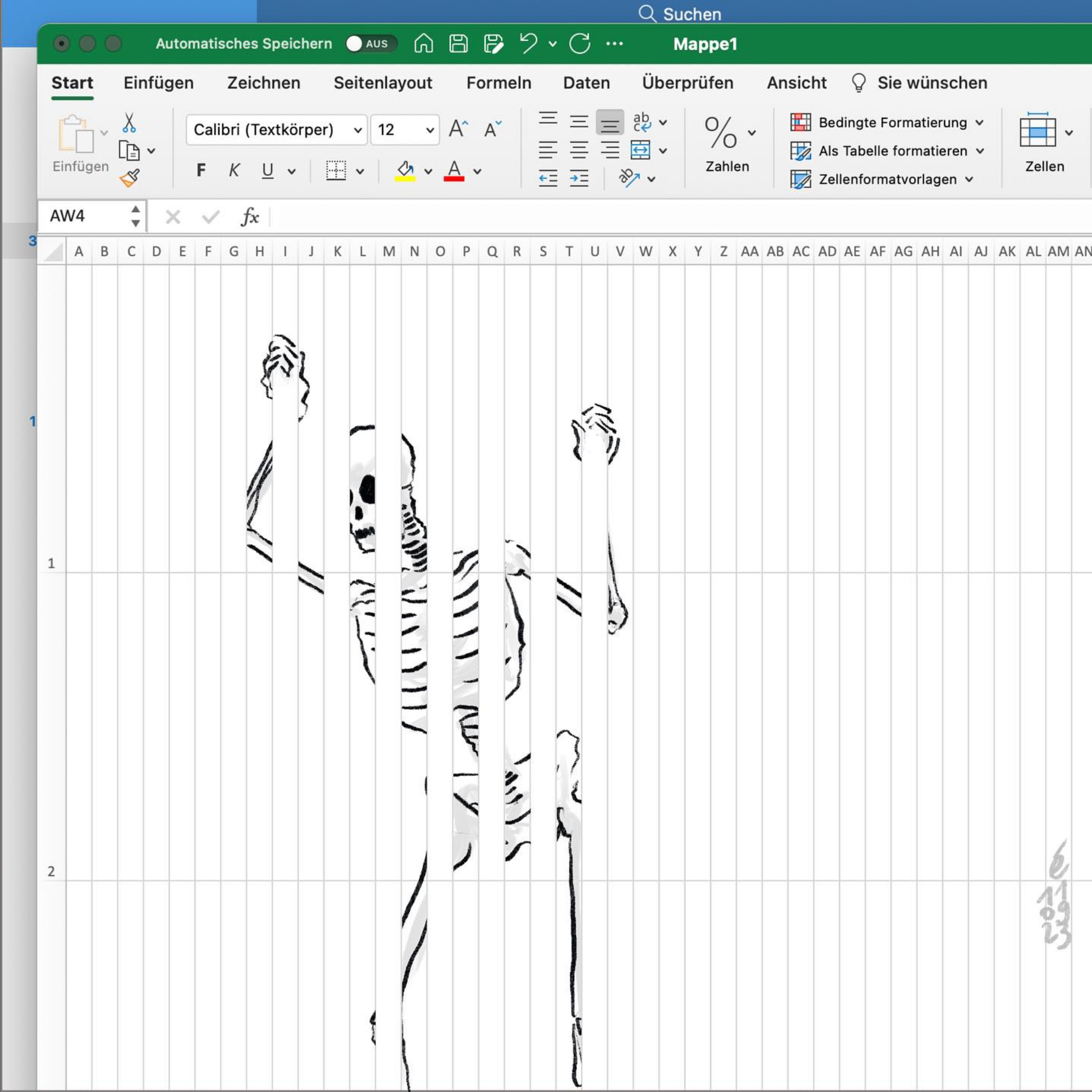
Involving citizens in public affairs, claiming the right to participation as a fundamental right or exploring new spaces and methodologies that allow us to practice affective empathy are some of the challenges we face from the trenches of what we call inclusive democratic innovation.
In these repeated and tireless attempts to defend and deepen democracy, it is essential that initiatives and organizations that act guided by values such as equity, solidarity, sustainability, participation, inclusion, commitment to the community and aim to be promoters of social change, are able to achieve deep, real and quality participation and internal democracy.
One formula for meeting and projecting desirable futures for our organizations and for the world is strategic planning. There is no doubt that strategic planning is usually seen as a set of processes that guide the business activity to obtain wide business margins, leaving aside the values that govern the Social Economy entities. However, it seems important to us to spearhead this tool as one that allows us to design desirable futures, while operating and transforming those that participate in the process.
Over every mountain, there is a path, though it cannot be seen from the valley
The ascent of a mountain is an experience similar to a strategic process: it requires planning a route, knowing the conditions at the time when the expedition will take place, assessing the level of difficulty, identifying the most appropriate tools and materials for the journey, establishing the most appropriate support teams and resources with clear roles during the expedition. When we reach the summit we will have come a long way, achieving one of the most important challenges of the expedition. At that precise moment we will be high enough to see beyond the road, to glimpse what is possible and to project some desires.
The metaphor of climbing a mountain, besides giving us mental oxygen, helps us to identify the virtues of strategic planning and also some of the most important milestones to take into account when we decide to embark on this path.
There is no doubt that the turbulences that organizations will have to face during the ascent are common to a large part of the sector and that is why it is necessary to share lessons learned and experiences that will allow us to move forward collectively.
Milestone 1. Creativity and affective empathy in facilitating the strategic process
The facilitation of the strategic process is a fundamental element for its success. It allows guiding the group, the people of the organization and the community that are going to participate either by contributing knowledge, experiences, opinions, etc. The methodologies for group facilitation are multiple and can be selected based on those criteria that we believe are important to prioritize during the process. One of these may be to generate and strengthen the feeling of belonging to the project, the organization or the community. This is a positive mobilizing factor in the groups that makes it possible to share objectives, values and space.
Participatory processes for the elaboration of strategic plans are a great opportunity for meeting and deliberation in our organizations, as they should allow us to mix and contribute diverse points of view that emerge according to our role, the space we occupy, our origin or experiences. Affective empathy is at the heart of deliberation as a key to navigating diversity, and overcoming the boundaries between “us” and “them” (Dias, 2022). At the same time, creativity is a trigger for imagination that can connect with people’s knowledge and experiences, and generate new solutions. We should not renounce the use of these resources in the process of developing strategic plans; on the contrary, they will give more appropriate, solid and adapted results to our realities.
Milestone 2. Legitimacy of the strategic process driving group
Choosing the people and methods that will help in the deliberation process and decision making is one of the most important decisions we will have to make if we want creativity and affective empathy to guide the development of the process.
The driving group of the strategic process has the mission of directing the strategic process, that is to say, to establish the bases and limits of the process; it chooses the map on which to plan the route. The group must be representative of the internal ecosystem in which the organization develops and, above all, it must be a group that is widely recognized by the community.
Often, it is the management teams with the greatest decision-making power who are the ones to set up the driving groups for the processes. However, if we assume that SSE initiatives and projects tend to be socially recognized for more affective and less hierarchical reasons, this could be a bad decision. Let us therefore see how it might be possible to integrate into these groups those people or representatives who hold different types of recognition and can help to connect with the needs and visions of the groups that are part of the organization.
Otherwise, the strategic process may have serious problems in achieving its ultimate goal, and even harm internal cohesion, talent retention and the positive mobilization of people in the organization.
Milestone 3. The participation and decision-making process
This milestone is closely linked to the previous two. The strategic process requires a participative elaboration among the people and groups that are part of the organization. It is possible to propose a strategic plan without the participation of the actors who have to take sides and carry out priority actions, but again we would be faced with incoherence with respect to the values of our organizations, and the empowerment and social transformation to which we aspire.
A fundamental pillar in the definition of the processes of participation and decision-making is the delimitation of the perimeter of participation. That is to say, to establish its limits, and who will be able to participate and how. An analogy can be drawn with the 5W technique when defining a participation process and answering the following questions: What decision must be made? Who can participate and who will make the decision? Why and for what purpose must the decision be made? How can one participate and how will the decision be made? When or at what times can one participate? Where or through which systems can one participate?
The rules of the game must be defined at the beginning and be communicated, explained and discussed with the people who will be able to take part in the process. It is not possible not to explain clearly and concisely what the process consists of, nor is it possible to change the rules at any given moment. If the processes are not clear, unambiguous, transparent or agreements are not respected, they will no longer have legitimacy and the distrust and disconnection with their promoters will grow even wider.
And as we pointed out at the beginning of this article, this is all about overcoming disaffection and empowering communities to participate in building a better future.
Milestone 4. Monitoring, Evaluation and Accountability
To what extent are we getting closer to the results we expect? Again, we want to emphasize the importance of process monitoring and accountability.
Once the strategic process has set the challenges for the future, the bold steps to be taken and the results to which it aspires, it is necessary to identify and construct performance, result and social impact indicators that will allow us to measure the degree to which we are approaching the desirable future we have imagined.
This is a highly complex phase since it provides critical information on the state of the organization and the degree of impact of the project. For this reason, it requires a consensual selection of indicators among managers, the team involved in the execution of the actions, as well as among the agents in charge of accountability. It is also important to recognize and legitimize the people who will be in charge of data and information collection. Often these actions are seen as an audit of the work done and this can lead to internal tensions or conflicts that jeopardize the transparency of the process and the evaluation of the results.
As important as getting to the top is getting back to tell the tale
All these recommendations are applicable to the process of developing the strategic plan itself, as it should be treated as a model for process management. The high impact of the decisions that are taken in the future of the project, makes it necessary that we take extreme care of any element.
The impact and the transformation to which we aspire must be measured and analyzed without fear and with honesty. It is not just a matter of communicating and communicating a set of data that justifies our actions and the resources we have used; it is above all a matter of explaining how possible it is to get closer to that desirable future, how far we still have to go to descend the mountain and whether we need to make our original plan more flexible or adapt it.
Strategic planning must help us to climb to the top and imagine possible futures, and also to gain momentum to descend and get closer to that ecologically and socially just future as soon as possible.



